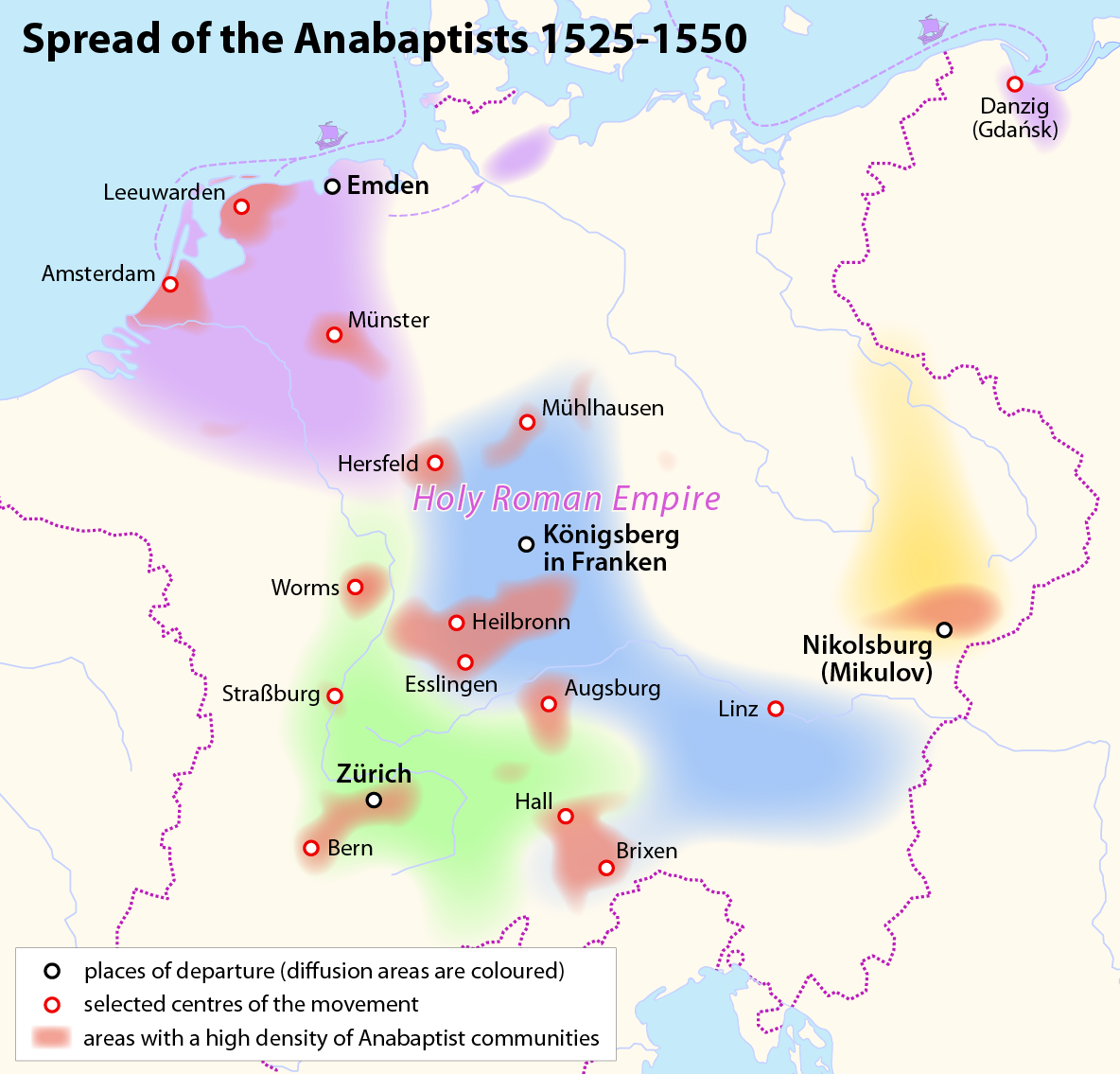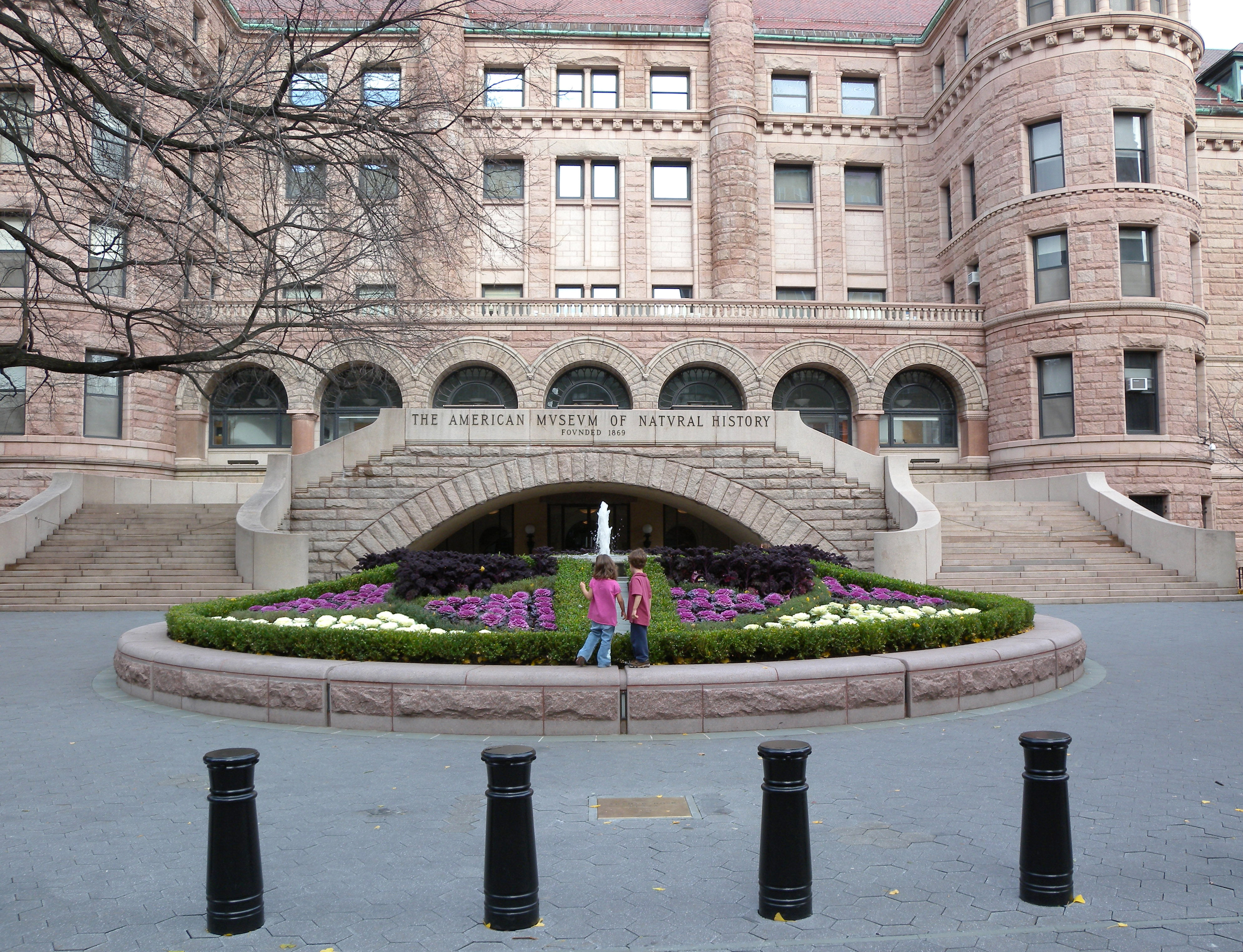|
Nivaclé
The Nivaclé are an Indigenous people of the Gran Chaco. An estimated 13,700 Nivaclé people live in the President Hayes and Boquerón Departments in Paraguay, while approximately 200 Nivaclé people live in the Salta Province of Argentina. A very small number of Nivaclé live in Tarija, Bolivia. In the last 50 years, 15,000 Mennonites from Canada, Russia, and Germany have settled in traditional Nivaclé territory. Groups They have five subgroups, which are as follows: * Tovoc Lhavos, river people: Chishamnee Lhavos, people from above * Tovoc Lhavos, river people: Shichaam Lhavos, people from below * Yita' Lhavos, forest people; this group is also known as C’utjaan Lhavos ‘people of the thorns’) * Jotoi Lhavos, people of the esparto grass * Tavashai Lhavos, people of the savanna."Nivaclé - Orientation."< ... [...More Info...] [...Related Items...] OR: [Wikipedia] [Google] [Baidu] |
Nivaclé Language
Nivaclé () is a Matacoan language spoken in Paraguay and in Argentina by the Nivaclé. It is also known as Chulupí and Ashluslay, and in older sources has been called Ashluslé, Suhin, Sujín, Chunupí, Churupí, Choropí, and other variant spellings of these names. Nivaclé speakers are found in the Chaco, in Paraguay in Presidente Hayes Department, and Boquerón Department, and in Argentina in Salta Province. Nivaclé is complex both in its phonology and morphology. Much of what is handled in syntactic constructions in many other languages is signalled in Nivaclé by its rich bound morphology and clitics. Nivaclé has several linguistic traits that are rare elsewhere in the world or even unique. Phonology Its phonemic inventory has 21 consonants and six vowel qualities, including glottalized (ejective) stops and affricates, and a unique phoneme, /k͡l/. Even within single syllables the Nivaclé consonant cluster /t/ + /ʃ/ (orthographic ) contrasts with the alveop ... [...More Info...] [...Related Items...] OR: [Wikipedia] [Google] [Baidu] |
Indigenous Peoples In Paraguay
Indigenous peoples in Paraguay, or Native Paraguayans, include 17 ethnic groups belonging to five language families."Paraguay." ''Pan-American Health Organization.'' (retrieved 12 July 2011) ''Countries and Their Cultures.'' (retrieved 12 July 2011) While only a 1.7% of 's population is fully indigenous, 75% of the population identifies as being partially of indigenous descent;"Paraguay: Ethnic Groups." ''CIA: The World Factbook.'' (re ... [...More Info...] [...Related Items...] OR: [Wikipedia] [Google] [Baidu] |
Indigenous Peoples In Bolivia
The Indigenous peoples in Bolivia or Native Bolivians () are Bolivians who have predominantly or total Amerindian ancestry. They constitute anywhere from 41.52% to 62.05% of Bolivia's population, depending on different estimates, and they belong to 36 recognized ethnic groups. Aymara and Quechua are the largest groups."Indigenous peoples in Bolivia." ''International Work Group for Indigenous Affairs.'' Retrieved 2 Dec 2013. The geography of Bolivia includes the , the , the Yungas, ... [...More Info...] [...Related Items...] OR: [Wikipedia] [Google] [Baidu] |
Indigenous Peoples In Argentina
Native Argentines (), also known as Indigenous Argentines (), are Argentines who have predominant or total ancestry from one of the 39 groups of Indigenous peoples of the Americas, Indigenous peoples officially recognized by the Government of Argentina, national government. As of the , some 1,306,730 Argentines (2.83% of the country's population) self-identify as Indigenous peoples of the Americas, Indigenous or first-generation descendants of Indigenous peoples. The most populous Indigenous groups were the Tehuelche people, Aonikenk, Kolla people, Kolla, Qom people, Qom, Wichí people, Wichí, Diaguita, Mocoví people, Mocoví, Huarpe people, Huarpes, Mapuche and Guarani people, Guarani. Many Argentines also identify as having at least one Indigenous ancestor; a genetic study conducted by the University of Buenos Aires in 2011 showed that more than 56% of the 320 Argentines sampled were shown to have at least one Indigenous ancestor in one parental lineage and around 11% had Indi ... [...More Info...] [...Related Items...] OR: [Wikipedia] [Google] [Baidu] |
Indigenous People Of The Gran Chaco
The Gran Chaco or simply Chaco is a sparsely populated, hot and semiarid lowland tropical dry broadleaf forest natural region of the Río de la Plata basin, divided among eastern Bolivia, western Paraguay, northern Argentina, and a portion of the Brazilian states of Mato Grosso and Mato Grosso do Sul, where it is connected with the Pantanal region. This land is sometimes called the Chaco Plain. The ecoregion has an estimated population of 3,985,000. Toponymy The name Chaco comes from the Quechua word meaning "hunting land", an indigenous language from the Andes and highlands of South America, and comes probably from the rich variety of animal life present throughout the entire region. Geography The Gran Chaco is about 647,500km2 (250,000 sq mi) in size, though estimates differ. It is located west of the Paraguay River and east of the Andes, and is mostly an alluvial sedimentary plain shared among Paraguay, Bolivia, and Argentina. It stretches from about 17 to 33� ... [...More Info...] [...Related Items...] OR: [Wikipedia] [Google] [Baidu] |
Tarija, Bolivia
Tarija or San Bernardo de la Frontera de Tarixa is a city in southern Bolivia. Founded in 1574, Tarija is the largest city and capital and municipality within the Tarija Department, with an airport ( Capitán Oriel Lea Plaza Airport, (TJA)) offering regular service to primary Bolivian cities, as well as a regional bus terminal with domestic and international connections. Its climate is semi-arid ( BSh) with generally mild temperatures in contrast to the harsh cold of the Altiplano (e.g., La Paz) and the year-round humid heat of the Amazon Basin (e.g., Santa Cruz de la Sierra). Tarija has a population of 234,442. History The name of ''Tarija'' is said to come from Francisco de Tarija or Tarifa. This group did not include anyone by the name of Francisco de Tarija. Similar-sounding toponyms exist for surrounding places, such as Tariquia and Taxara. In 1826 the citizens of Tarija voted to become part of Bolivia. In 1807, Tarija had become separated from Upper Peru to become par ... [...More Info...] [...Related Items...] OR: [Wikipedia] [Google] [Baidu] |
Esparto Grass
Esparto, halfah grass, or esparto grass is a fiber produced from two species of perennial grasses of north Africa, Spain and Portugal. It is used for crafts, such as cords, basketry, and espadrilles. '' Stipa tenacissima'' and '' Lygeum spartum'' are the species used to produce esparto. ''Stipa tenacissima'' (''Macrochloa tenacissima'') produces the better and stronger esparto. It is endemic to the Mediterranean region (growing in Portugal, Spain, Morocco, Algeria, Tunisia, Libya and Egypt). Another name in Spanish for the plant is "''atocha''," a pre-Roman word. "Esparto" or σπάρτο in Greek may refer to any woven products of sedge or broom, including cords and ropes. This species grows forming a steppic landscape – esparto grasslands – which covers large parts of Spain and Algeria. History Esparto leaves have been used for millennia. The oldest baskets of esparto, dating back 7,000 years, were found in a cave in southern Spain (Cueva de los Murciélagos, Albuñ ... [...More Info...] [...Related Items...] OR: [Wikipedia] [Google] [Baidu] |
Mennonite
Mennonites are a group of Anabaptism, Anabaptist Christianity, Christian communities tracing their roots to the epoch of the Radical Reformation. The name ''Mennonites'' is derived from the cleric Menno Simons (1496–1561) of Friesland, part of the Habsburg Netherlands within the Holy Roman Empire, present day Netherlands. Menno Simons became a prominent leader within the wider Anabaptist movement and was a contemporary of Martin Luther (1483–1546) and Philip Melanchthon (1497–1560). Through his writings about the Reformation Simons articulated and formalized the teachings of earlier Swiss Anabaptist founders as well as early teachings of the Mennonites founded on the belief in both the mission and ministry of Jesus. Formal Mennonite beliefs were codified in the Dordrecht Confession of Faith (1632), which affirmed "the baptism of believers only, the washing of the feet as a symbol of servanthood, church discipline, the shunning of the excommunicated, the non-swearing of oaths ... [...More Info...] [...Related Items...] OR: [Wikipedia] [Google] [Baidu] |
Salta Province
Salta () is a Provinces of Argentina, province of Argentina, located in the northwest of the country. Neighboring provinces are from the east clockwise Formosa Province, Formosa, Chaco Province, Chaco, Santiago del Estero Province, Santiago del Estero, Tucumán Province, Tucumán and Catamarca Province, Catamarca. It also surrounds Jujuy Province, Jujuy. To the north it borders Bolivia and Paraguay and to the west lies Chile. History Before the Spanish colonization of the Americas, Spanish conquest, numerous native peoples (now called Diaguitas and Calchaquíes) lived in the valleys of what is now Salta Province; they formed many different tribes, the Quilmes (tribe), Quilmes and Humahuacas among them, which all shared the Cacán language. The Atacama people, Atacamas lived in the Altiplano, Puna, and the Wichís (Matacos), in the Gran Chaco, Chaco region. The first conquistadores, conquistador to venture into the area was Diego de Almagro in 1535; he was followed by Diego de Ro ... [...More Info...] [...Related Items...] OR: [Wikipedia] [Google] [Baidu] |
American Museum Of Natural History
The American Museum of Natural History (AMNH) is a natural history museum on the Upper West Side of Manhattan in New York City. Located in Theodore Roosevelt Park, across the street from Central Park, the museum complex comprises 21 interconnected buildings housing 45 permanent exhibition halls, in addition to a planetarium and a library. The museum collections contain about 32 million specimens of plants, animals, fungi, fossils, minerals, rocks, meteorites, human remains, and human cultural artifacts, as well as specialized collections for frozen tissue and genomic and astrophysical data, of which only a small fraction can be displayed at any given time. The museum occupies more than . AMNH has a full-time scientific staff of 225, sponsors over 120 special field expeditions each year, and averages about five million visits annually. The AMNH is a private 501(c)(3) organization. The naturalist Albert S. Bickmore devised the idea for the American Museum of Natural History in 1 ... [...More Info...] [...Related Items...] OR: [Wikipedia] [Google] [Baidu] |





